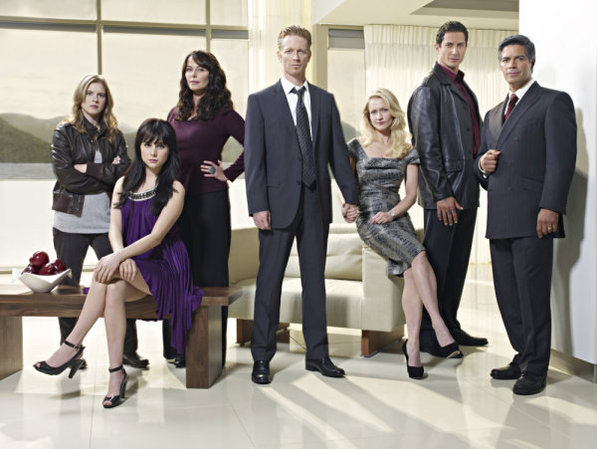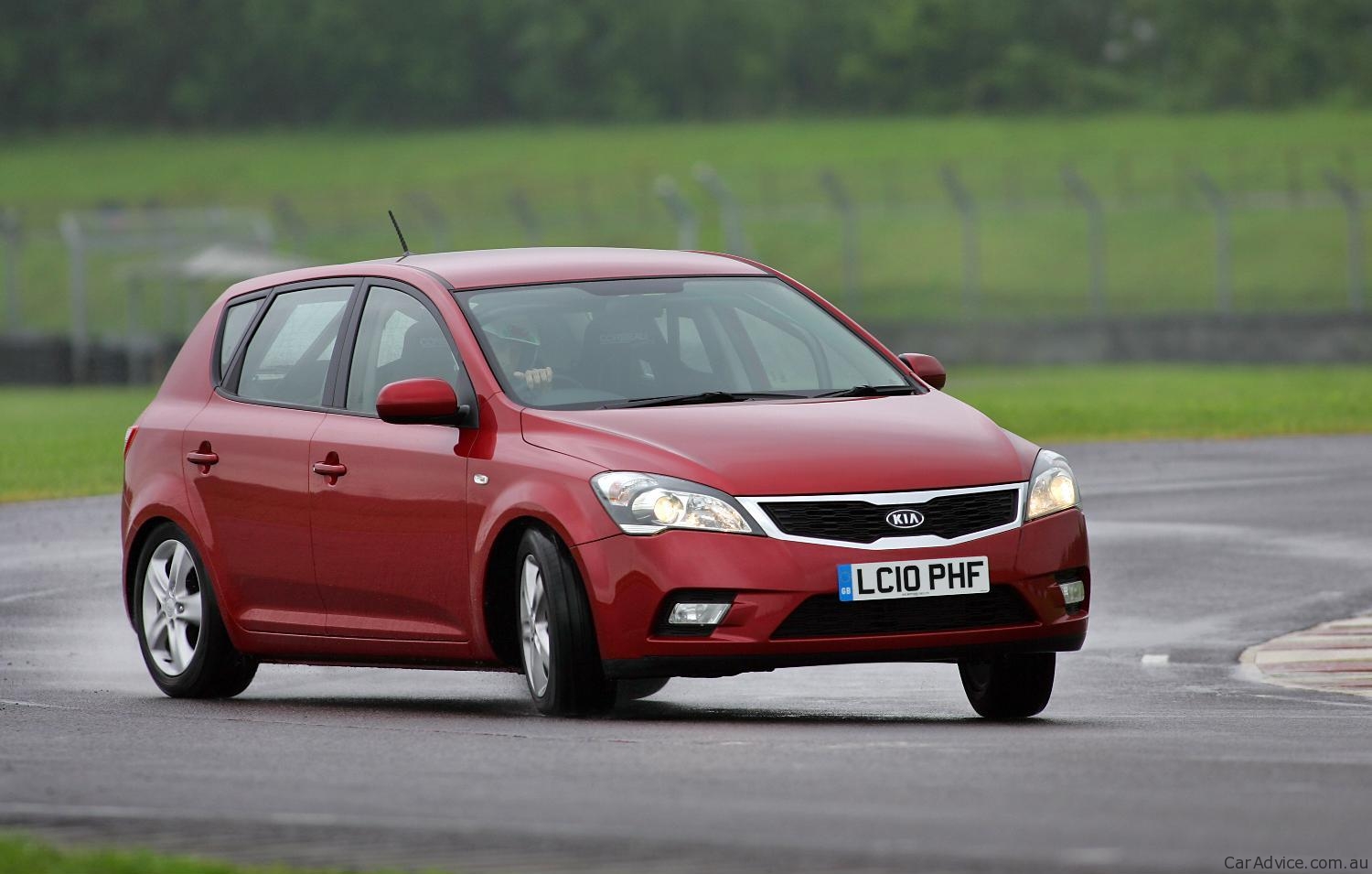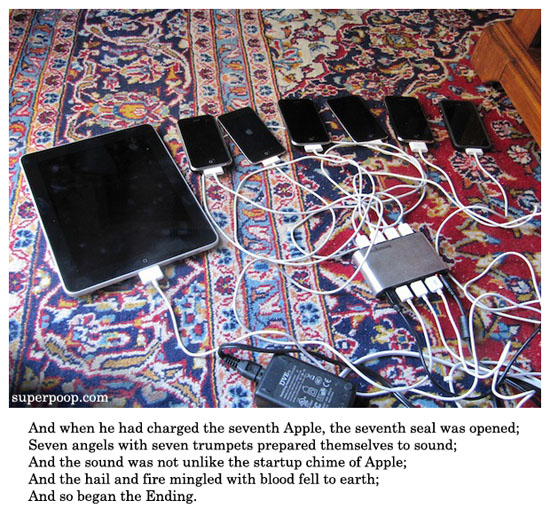
November 2010
Twas the Morning Before Tailgate
…and all the creatures were stirring, probably even the mice. I just fielded a phone call from a York faculty member who was putting the finishing touches on her presentation for tomorrow, to be shown as part of the Lightning Talks. Media Commons consultants are scurrying about tracking down equipment to be loaded up and driven to the library. Last-minute registrants are asking to join in on the fun. All in all, it’s mild chaos – and couldn’t be more enjoyable, as it’s all a sign of a vibrant energy surrounding digital creation, storytelling and exploration.
Goodbye, Caprica

Not that anyone was really watching – which was the main reason why Syfy decided what they did – but Caprica has been canceled midway through its second season. This saddens me for all of the reasons that io9 explores in their post-mortem, “What killed Caprica?” Too smart for TV? Probably.
A shame, but I suppose more space on the DVR.
A Very SMART Board
Hannah suggested that I attend the SMART Board demonstration that she had scheduled today in the upcoming Media Commons space for EMS in Hosler. A vendor from SMART drove all the way out from Indianapolis so that we could see the technology and explore the possibilities for how it might fit into the new media editing lab. Two misconceptions of mine that were smashed:
- The SMART Board is just for in class presentations.
- The SMART Board is difficult to configure and cumbersome to work with.
At a previous employer, SMART Boards were relatively plentiful but (I learned today) very underused. Despite having them in a multitude of learning spaces, I really only interacted with them a few times over a three year period and then, only when a faculty member wanted to write on a PowerPoint presentation. They were hardwired into the room and the amount of futzing with our set up certainly didn’t do the idea of the Board being effortless any favors.
However, our vendor did a fantastic job today showing us exactly what SMART technology can do. Ideas are now flowing for globe-trotting with Google Earth, collaboratively editing rough “dailies” in iMovie, recording entire presentations including video, web browsing and more for later review, practicing weather forecasting and meteorological analysis, etc, etc, etc. It was also PAINFULLY easy to set the SMART Board up: since he was running a bit late, three of us acted as roadies and had the entire system up and running rather quickly without any real directions.
With the upcoming addition of dual and multitouch enabled models, I have to say that I’m all aboard the SMART Board!
Noteworthy improvements
While I think of cars with pretty staggering regularity, I very rarely pay much attention to those from South Korea (which have always seemed like half-baked knock-offs of Japanese cars.) Recently, though, I’ve noticed my eyes drifting towards Kia’s offerings as they roll past and I had to ask myself: what the hell is going on here?

The Kia C’eed, Top Gear’s reasonably priced car from last season.
Well, the answer turns out to be something I already knew but had completely forgotten: Peter Schreyer is the chief of design for Kia. And his former job? Lead designer for Audi and VW.
I knew those crisp, clean lines looked familiar!
Undesigned Web
The Undesigned Web will facilitate critical thinking, sharing information and disseminating knowledge more widely than has ever been previously possible. That’s because it will be easier than ever to separate content from the, ahem, bullshit with which it is frequently cloaked.
Wired reposted an Atlantic article on the supposed death of design in the modern age of gadgets like the iPad, Kindle, etc and software like Instapaper. While the old notions of print and web design are certainly fading away, the essay goes on to clarify that its more of a shift from Design to design (emphasis on the capital) or even a push for undesigned content.
The thinking is that as we move from reading on fixed devices to reading on multiple, reconfigurable devices, content will have to be ever easier to re-contextualize and repackage to suit the given gadget or app. A very keen observation and entirely true: as anyone who has ever used Flipboard knows all too well, even a mundane Facebook post looks better when gussied up as a digital magazine piece.
Let’s get lost
I’ve only made it through the first portion that was hosted on CNN’s website, but this video exploration of Japan’s Suicide Forest is eerie – and a perfect compliment to the song in my head as the afternoon pushes on. (Thanks, Kate!)
The Future of the Internet (and Its Past)
I attended a talk this morning by Dr. Glenn Ricart on the future of the Internet, which it did deliver upon. However, it also provided a highly entertaining tour of the Internet’s past from Dr. Ricart’s point of view – one that included stops at the first virus (written by his roommate), the best technique to endure the phosphor erasing flash of an old terminal (well-timed blink) and development of key technologies (IPv4 sure seemed like a good idea!) There’s something so energizing about hearing the bearded sages of the early Internet talk through their contributions to its creation. They all seems like they were just good people trying to figure out ways to get things done without being scared of the unknown – a style that goes far in technology.
Penn State’s Digital Ecosystem
I just attended an afternoon talk on the topic of the digital tools that are available to the Penn State community hosted by Cole Camplese (my director) and Bart Pursell (of Schreyer’s.) The presentation focused on Blogs@PSU and Wikispaces, two facets of the entire media publishing ecosystem that is being grown at the University. While there were a whole lot of numbers, facts and figures being shared with us today, the analyses put forth by both presenters were really enlightening. As an example, I was surprised to learn that so much of the activity on the Arts & Architecture blogs has taken the form of commentary – which was attributed to critiques of fellow-students’ work as well as other materials posted for this purpose by faculty.
